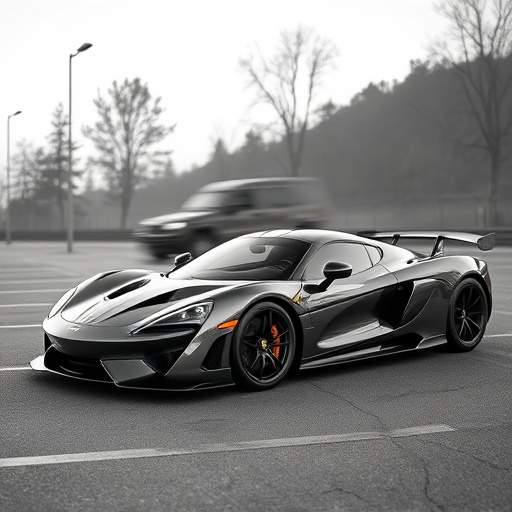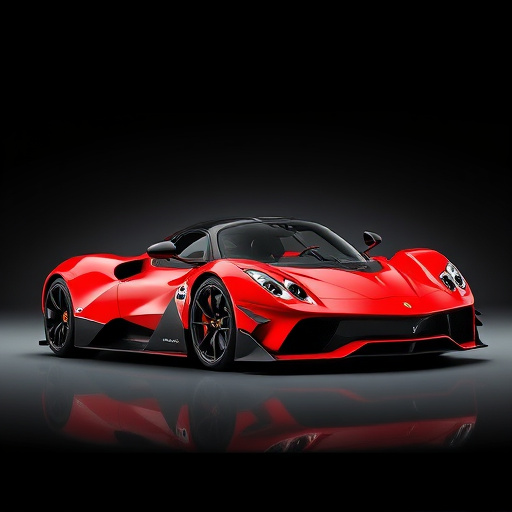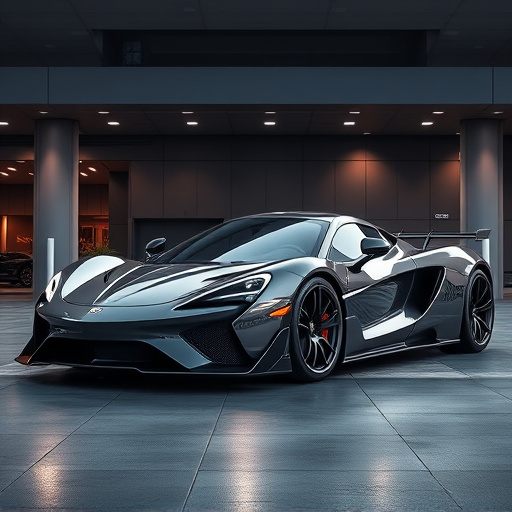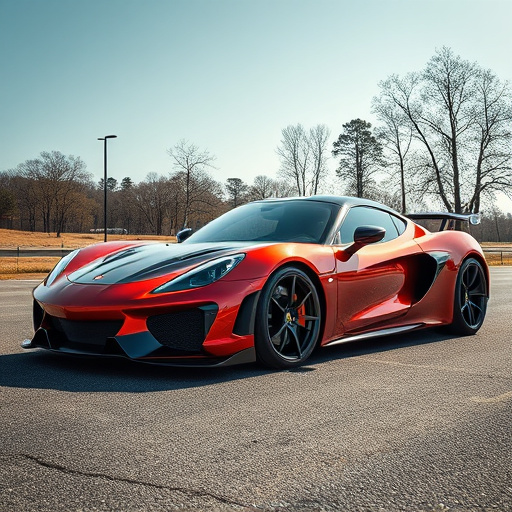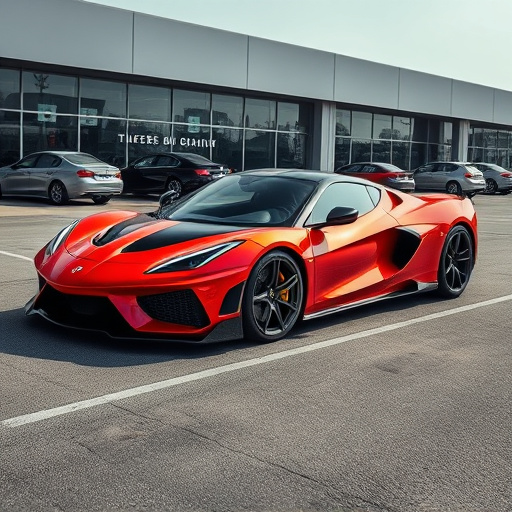In racing, high-flow air intake filters offer a fine balance between maximizing power and preserving engine longevity. These advanced filters enhance performance by accommodating higher airflow while maintaining effective filtration, ensuring efficient gas exchange and reduced backpressure. Proper management of such filters enables both exceptional short-term gains in speed and torque, as well as long-term reliability and structural integrity for sustained competitiveness.
In the competitive world of racing, the pursuit of raw speed often comes hand in hand with concerns about engine longevity. This delicate balance between performance and durability is where high-flow air intake filters step into the spotlight. These components play a pivotal role in enhancing engine power while ensuring sustained reliability. The article delves into this trade-off, exploring how high-flow air intake filters impact racing vehicles, considering both their potential advantages and drawbacks. Real-world case studies from various racing leagues provide insights into optimizing speed and cost using these innovative filters.
- Understanding the Performance-Longevity Trade-Off in Racing
- – Exploring the balance between immediate speed and sustained durability in high-performance vehicles.
- The Role of High-Flow Air Intake Filters in This Equation
Understanding the Performance-Longevity Trade-Off in Racing
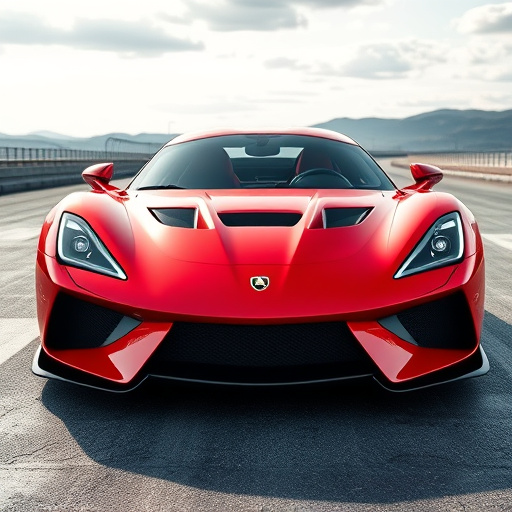
In the exhilarating world of racing, the quest for optimal performance often presents a delicate balance with longevity—a trade-off that teams and engineers meticulously navigate. This equilibrium is particularly crucial in high-performance vehicles equipped with high-flow air intake filters designed for racing. While these filters enhance airflow, boosting power and speed, they also contribute to increased wear and tear on engine components over time.
The challenge lies in optimizing the vehicle’s performance during races while minimizing the impact on its long-term viability. High-flow air intake systems, when properly managed, can deliver exceptional short-term gains without compromising the engine’s overall durability. However, continuous exposure to extreme conditions demands regular maintenance and careful monitoring to ensure the vehicle remains competitive while maintaining its structural integrity for sustained use.
– Exploring the balance between immediate speed and sustained durability in high-performance vehicles.
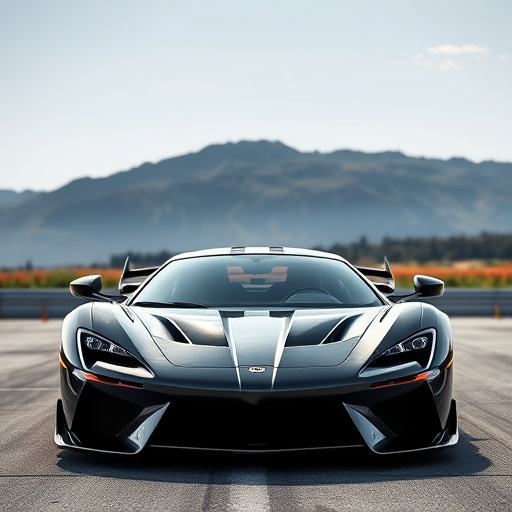
In the pursuit of top-tier performance, high-octane automotive enthusiasts often find themselves navigating a delicate balance between immediate speed and sustained durability. High-performance vehicles are engineered to deliver breathtaking acceleration, thanks in part to advanced components like high-flow air intake filters designed for racing applications. These filters maximize airflow, enabling engines to breathe more efficiently and thereby unlocking increased horsepower and torque.
However, while this pursuit of peak performance is enticing, it’s not without trade-offs. Unchecked power can take a toll on an engine’s longevity, leading to premature wear and tear. Therefore, achieving the right equilibrium becomes crucial. This involves carefully considering not only components that boost instant speed but also those that contribute to the vehicle’s long-term reliability and durability, ensuring that the machine maintains its performance edge while preserving its service life.
The Role of High-Flow Air Intake Filters in This Equation
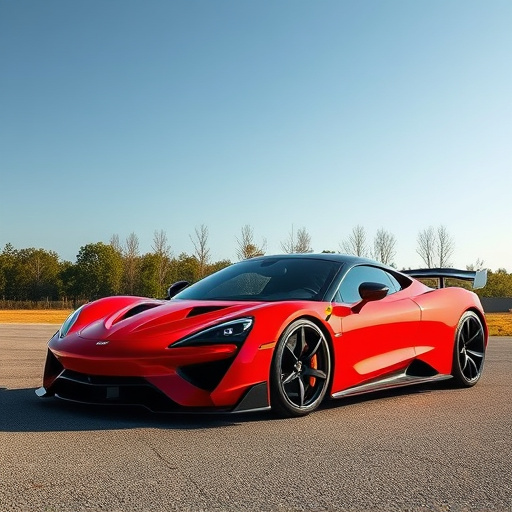
In the pursuit of optimal performance, especially in the realm of racing, every component of a vehicle is scrutinized and fine-tuned. One often overlooked yet significantly influential element is the high-flow air intake filter. These specialized filters play a pivotal role in balancing performance and longevity, particularly for race cars. They are designed to maximize airflow, enabling engines to breathe more efficiently, resulting in enhanced horsepower and acceleration—crucial factors in competitive racing.
High-flow air intake filters differ from their standard counterparts in their ability to facilitate an increased flow of air into the engine while maintaining optimal filtration. This is achieved through innovative designs that incorporate larger surfaces areas and advanced media materials. By allowing more cool, unrestricted air into the combustion chamber, these filters support the engine’s overall performance. Furthermore, they contribute to reduced backpressure, ensuring efficient gas exchange and, consequently, better fuel burning, all of which combine to deliver both powerful performances in races and prolonged engine life.
In the pursuit of victory, balancing performance and longevity is a delicate dance. High-flow air intake filters play a pivotal role in this equation, offering enhanced aeration for increased speed while testing the limits of vehicle durability. By understanding the trade-off between immediate power and sustained reliability, racers can optimize their strategies to navigate both the track’s demands and the long-term goals of endurance racing. This balance is key to not only winning races but also ensuring the longevity of high-performance vehicles.
